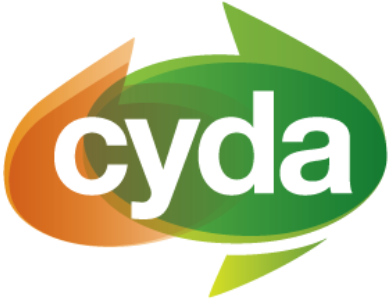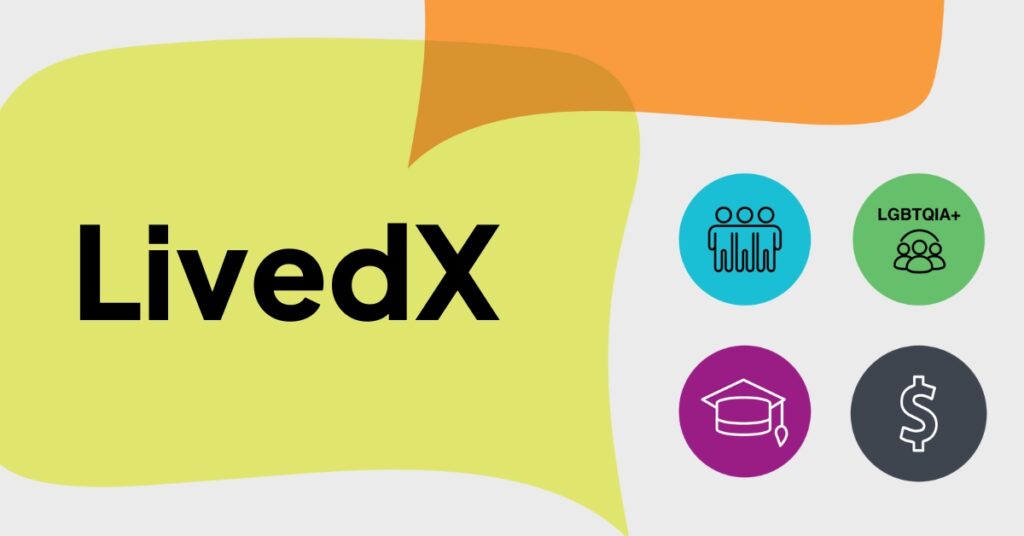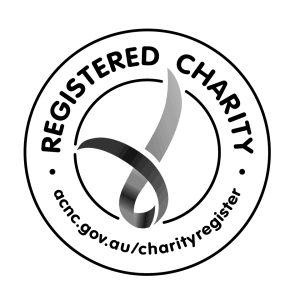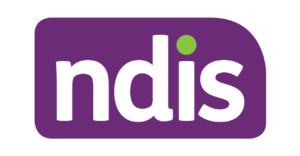“Just because you're disabled you get talked to like you're five, even when I’m twenty-two.”
Young person with disability
Young people with disability talk about the ways in which opportunities to make decisions are reduced or taken away from them. They speak about being infantilised or underestimated. They make suggestions on how to address bias and power imbalance while still providing support where needed.







